Phillips Family Farming
Michael David Winery (Michael & David Phillips)
Symphony
Domaine de la Tour du Bon
Bandol Mourvedre Blend 2014
Domaine rests atop a limestone plateau in Le Brûlat du Castellet, in the northwestern corner of the A.O.C. Bandol. Hocquard family has been farming this land since 1968, currently run by Agnès Henry. Tried ‘14 &’15 together. A blend of about 75% Mourvèdre with the rest Grenache, Cinsault & Carignan. Deep red with dark berry fruit and spice aromas. On the palate flavors of blackberry, black pepper & herb spice. Fine tannins, lingering with a fragrant ending. Consistent quality. Tasting Sample. — 7 years ago
Shafer Vineyards
Red Shoulder Ranch Chardonnay 2013
Grabbed another bottle! Wine bears the vineyard named to honor the Red-shouldered Hawks and other birds of prey that play a vital role in sustainable farming practices. Bright yellow with aromas of tropical fruits and sweet floral scents. Aged for 14 months, 75% in new French oak and 25% in stainless. On the palate melon, pineapple and peach flavors and hints of citrus, subtle yet complex and well balanced. Lingering finish, savory, ending with mineral tones and toasty oak. Outstanding! — 8 years ago
Belle Glos
Las Alturas Vineyard Pinot Noir 2014
Winemaker Joseph J. Wagner is a 4th generation winemaker from a family with farming and winemaking roots in the Napa Valley since 1906. Deep Ruby (darkest Pinot almost looks like a Cab) with aromas of ripe berries and spice notes. The palate shows rich black fruits, blackberries, plums and black cherries, vanilla spice, cedar and cacao. Rich soft tannins, firm acidity on lingering finish ending with mineral tones. Nice! — 8 years ago
Phillips Hill
Boontling Anderson Valley Pinot Noir 2013
Excellent in excellent company! — 9 years ago
R.H. Phillips
California Syrah 2014
Very good, smooth but with generous flavours. Slightly sweet. Goes well with a variety of plate and BBQ. — 9 years ago
Phillips Hill
Boontling Mendocino Pinot Noir 2011
Excellent Anderson Valley Pinot Noir.
With pork tenderloin.
And Robert, my pitite mignon. ;) — 9 years ago
R.H. Phillips
Tuscan Red Blend 2013
Lightly sweet, lightly dry. Good combo — 10 years ago
Phillips Hill
Ridley Vineyard Chardonnay 2014
2014 vintage is a stunner. Beautiful crystalline straw color, with crisp apple aromatics and ripe peach and lemon peel on the palette. Leesy and rich without any hint of heaviness. Great lifted finish. #phillipshill is on a roll. — 10 years ago
Phillips Hill
Two Terroirs AV+MR Pinot Noir
Phillips Hill Pinot Noir — 10 years ago

Scholium Project
Rhododactylos Phillips Farm Cinsault Gris 2010
World Cup final wine! Lives up to it superbly. — 11 years ago
R.H. Phillips
EXP Dunnigan Hills Syrah 2011
Ça goûte bon!! EXP Syrah, California — 12 years ago
Phillips Hill Estates
Day Ranch Chardonnay
Love this! — 6 years ago
Phillips Brewing Company
Amnesiac Double IPA


Château Brane-Cantenac
Grand Cru Classé en 1855 Margaux Red Bordeaux Blend 2005
I have a six-pack of this 05. I thought after 10 years in bottle, it would be interesting to check in on its evolution. While tasty, I’ll wait another 8-10 to open another. Even after 2-3 hours in the decanter, it’s still a very young adolescent. On the nose, slightly sour blackberries & dark cherries, dark currants, baked black plum, haunting blue fruits, anise, whiff of spice, steeped tea, dry stones, dry crushed rocks with dry top soil, caramel, vanilla with fresh & dry red florals. The body is thick & full. Tannins are starting to round out. It’s velvety on the palate. The fruits are; bright, fresh & ripe and really show the greatness of the 05 vintage. Dark currants, blackberries, dark cherries, baked black plum, haunting blue fruits, baked strawberries, cherries, raspberries on the long set, dark spice, clay & loamy dry top soil with crushed rocks, dry stones, cigar with ash, graphite, dry stems, slight herbaceous character, mint, used leather, clove, caramel, vanilla, fresh & dry red florals with violets. The round acidity is about perfect. The structure and length are still strong. The balance is in harmony. As for the long finish, it’s lush, ruby, rich and well polished. Photos of; Chateau Brane Cantenac, large wood vats, Henri Lurton and Estate vines. Producer notes and history...Chateau Brane Cantenac began in the early 17th century. At the time, the estate was known as Domaine Guilhem Hosten. Even that far back, wine was produced from the property. In fact, the wine was so highly regarded it was one of the more expensive wines in Bordeaux. It sold for almost as much money as Brane Mouton. This is interesting because of who went on to buy the vineyard in the 1800’s. The Baron of Brane, also known as “Napoleon of the Vineyards”, purchased the Chateau in 1833. At the time of the sale, the estate was called Chateau Gorce-Guy. To get the funds needed to purchase the Margaux vineyard, the Baron sold what is now called Mouton Rothschild, which was at the time of the sale, known as Chateau Brane-Mouton. Not such a good move with hundreds of years in hindsight! In 1838, the Baron renamed property taking his name and the name of the sector where the vineyards were located and called it Chateau Brane Cantenac. The Chateau later passed to the Roy family, who were well-known in the Margaux appellation in those days, as they owned Chateau d’issan. Moving ahead to 1920, the Societe des Grands Crus de France, a group of merchants and growers that owned several chateaux located in the Medoc including; Chateau Margaux, Chateau Giscours, and Chateau Lagrange in St. Julien, purchased Chateau Brane Cantenac. Five years later, M. Recapet and his son-in-law, François Lurton, took over Brane Cantenac along with Chateau Margaux. Lucien Lurton (the son of François Lurton) inherited Brane Cantenac in 1956. Today, the estate is still in the hands of the Lurton family. Brane Cantenac is owned and run by Henri Lurton. After being given the responsibility of managing Brane Cantenac, it was under the direction of Henri Lurton that large portions of the vineyard were replanted. Vine densities were increased, the drainage systems were improved and the plantings were also, slowly changed. The vineyard of Brane Cantenac is planted to 55% Cabernet Sauvignon, 40% Merlot, 4.5% Cabernet Franc and .5% Carmenere. Carmenere was used for the first time in the 2011 vintage. The only other Chateau I know that still uses Carmenere is Clerc Milon. The 75 hectare Left Bank vineyard of Brane Cantenac is essentially unchanged since it earned Second Growth status in the 1855 Classification. At least that is the case with the 45 hectares used to produce the Grand Vin of Brane Cantenac. Those 45 hectares are planted surrounding the Chateau. Those vines are located just in front of the Cantenac plateau and are the best terroir that Brane Cantenac owns. They have other parcels, which are further inland and much of those grapes are placed into their second wine, Le Baron de Brane. Those additional hectares can be divided into 3 main sections. Behind the Chateau, they have 15 hectares of vines on gravel and sand, 10 hectares across the road with sand, gravel and iron and a 13 hectare parcel with gravel called Notton, which is used for their second wine. The vineyard is planted to a vine density that ranges from 6,666 vines per hectare on the plateau and up to 8,000 vines per hectare for the vines located behind chateau, in their sandier soils. The higher levels of vine density are always found in the newer plantings. The terroir of Brane Cantenac consists of deep gravel, sand and clay soil. Experiments in the vineyards are currently looking at becoming more organic in their vineyard management. Today, more than 25% of Brane Cantenac is farmed using organic farming techniques. It is expected that over time, the amount of hectares farmed with organic methods will be increased. Brane Cantenac has gone through 2 relatively recent modernization’s in 1999, when they added began adding the first of their smaller vats to allow for parcel by parcel vinification and then again in 2015 when they completed a much more complete renovation of their cellars and vat rooms. While Brane Cantenac is a traditional producer, they are no stranger to technology as they were one of the first estates to embrace optical grape sorting machines. In very wet vintages, they can also use reverse osmosis. To produce the wine of Chateau Brane Cantenac, the wine is vinified in a combination of temperature controlled, traditional, 22 oak vats, 18 concrete tanks and 20 stainless steel vats that vary in size from 40 hectoliters all the way up to 200 hectoliters, which allows for parcel by parcel vinification. 40% of the fermentation takes place in the oak vats. The oldest vines are vinified in vats that are selected to allow for separate parcel by parcel vinification. The younger vines are vinified more often together in the same vats. However, the Carmenere is entirely micro-vinified, meaning that those grapes were completely vinified in barrel, using micro-vinification techniques. This can also happen because the amount of grapes produced is so small. Some vats can be co-inoculated, meaning they go through alcoholic fermentation and malolactic fermentation simultaneously. At Chateau Brane Cantenac, malolactic fermentation takes place in a combination of French oak tanks and barrels. The wine of Brane Cantenac is aged in an average of 60% new, French oak barrels for 18 months before bottling. The initial 2 months of aging is done with the wine on its lees, which adds more depth to the wine. There second wine is Le Baron de Brane. Le Baron de Brane is not new. In fact, previously, the second wine went under the name of Chateau Notton, which took its name from one of the main parcels where the grapes were planted. During the late 1950’s and into the 1960’s, having a second wine was important as the estate declassified 3 vintages, due to extremely poor, weather conditions in 1956, 1960 and 1963. Production of Chateau Brane Cantenac is about 11,000 cases per year. — 7 years ago
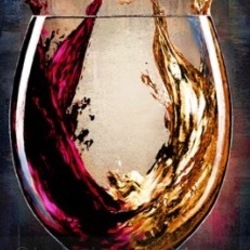
Forlorn Hope
Al Frediani Vineyard Valdiguié 2012
Wow! Hard to believe this is a California wine. Major win for terroir here. Juice obviously coming from old vines that are respected completely in farming practice and transparent winemaking hands. Minerals are beautiful in this with a nice complexity and very well balanced fruit. Reminds me of cru Beaujolais and light terroir driven CdR blended. I feel privileged to have a few bottles and privileged to have this vision happening here in California! 👍🏼 — 10 years ago
R.H. Phillips
Syrah EXP Viaje 2013
Nice light with a dry finish but lingering berry palate. Do it again...grape without the fruit. — 10 years ago
R.H. Phillips
California Cabernet Sauvignon
Very nice blend ! — 11 years ago
R.H. Phillips
Toasted Head Barrel Aged Chardonnay
Toasted head Chardonnay , Isaacs bday in sonoma, 2014 — 11 years ago
Phillips Hill
Valenti Vineyard Pinot Noir
One of the most perfectly balanced light white wines I’ve ever tasted.
Far too easy to drink, would pair excellently with fresh salad dishes.
The perfect wine for entertaining yourself on a sunny day...
— 6 years ago
Ed Phillips & Sons
Organic Prarie Vodka
I’ve never evaluated vodka, but it smells like candy corn. And it’s delightful. Especially when tasted against a wheat vodka which just smells like rubbing alcohol. On its own this is a great sipping vodka with a beautiful rich soft mouthfeel — 7 years ago
Phillips Hill
Valley Foothills Vineyard Gewürztraminer 2016
I so rarely encounter a great Gewürztraminer from outside Alsace, and when I do, it’s most likely from the Anderson Valley. This Phillips Hill bottling is no exception. Striking in its aromatic intensity - dried ginger, rose water, thyme, pine sap, crushed stones, and white pepper - the wine is vinified nearly bone dry, resulting in a taut, lean structure that moves with spritely dynamism. The floral and spice tones meet fruitier flavors on the palate - white peach and lemon soda. A far cry from the California Chardonnays and Sauvignon Blancs that dominate the Golden State’s white wine scene. — 7 years ago
Vine Hill Ranch
Oakville Cabernet Sauvignon 2014
Rating 2014 a 96 for now so the scale has somewhere to go up once it gets some age. Aromatics hit the nose with power and went down nicely. This one will be great @Bruce Phillips scary good for being this young. Cheers! — 9 years ago




Phillips Hill
Dijon 115 Block Cerise Vineyard Pinot Noir
Amazing, great strawberry S — 9 years ago
Ed Phillips & Sons
Organic Prarie Gin
F'hell this was good! Am I a sell out rating it higher than Plymouth Gin? A little ice and tonic made for a perfect GGG&T — 9 years ago
Phillips Hill
Wiley Vineyard Pinot Noir 2009
A solid producer, vintage after vintage. This food wine is under 14% alcohol and caters to those who love new world pinot with old world sensibilities. — 10 years ago
Bass Phillip
Crown Prince Gippsland Pinot Noir
Amazing quality for Bass Phillips entry level Pinot Noir. Nose with cherry/damp earth notes. Carrying thru to sour cherry on the palate. Good Pinot by any standards. 2010 vintage. Tasted again 29 January 2016. Notes as above. Always a pleasure to drink a Bass Phillip Pinot even if it is their 4th or 5th best cuvée. — 10 years ago
Michael David Winery
7 Deadly Zins Old Vine Lodi Zinfandel 2011
Now this is a good Zinfandel. 15 percent alcohol, but you cannot feel much.
Smooth and not too bold. Red fruit on the nose and longer spicy finish. Long legs out of the bottle.
I need to give it an hour and see what evolves. Long, spicy finish with medium tannins.
— 10 years ago
R.H. Phillips
Night Harvest California Cabernet Sauvignon
Very light fruity wine. At shuck on a date with my beautiful wife! — 11 years ago

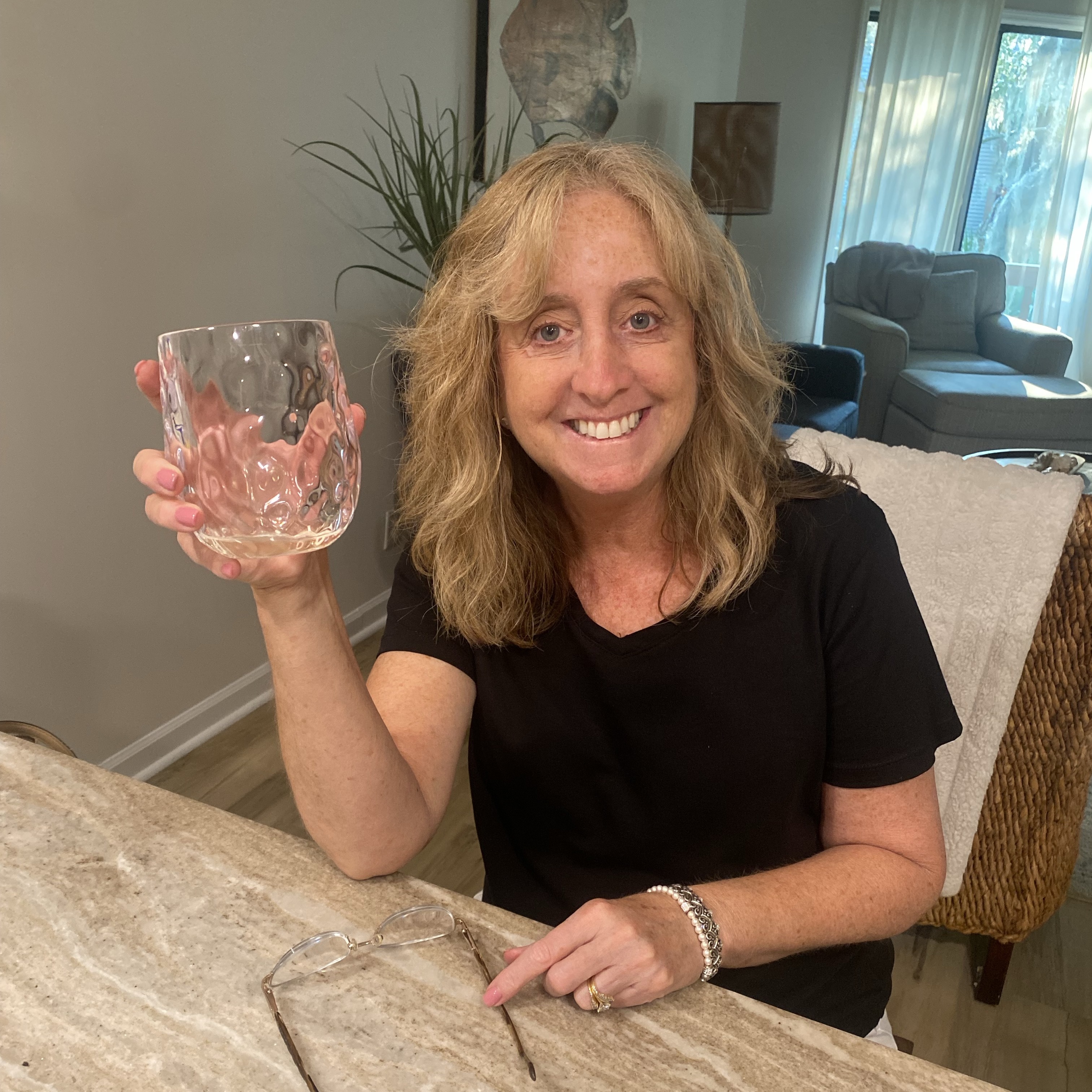


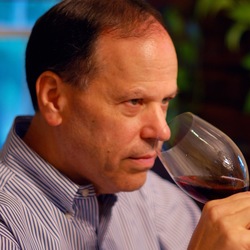






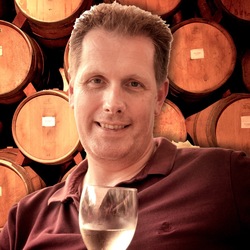








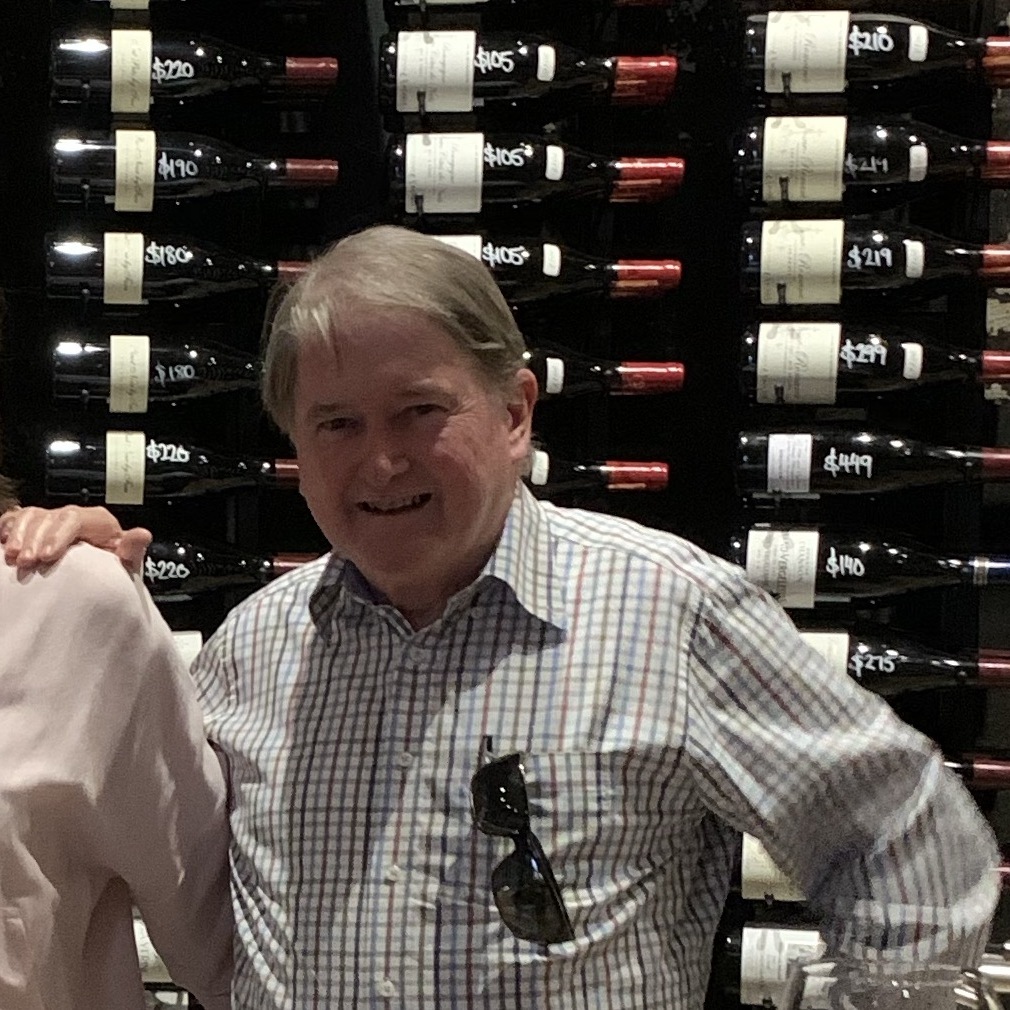
Dennis P.
An explosion of dark ripe cherry, plum and BlackBerry. Hot at 15% a.b.v. , but smooth with no burn.
Mild tannins, lingering finish. If your reading this, please try it. $15 at my local liquor store.
One of the best red blends I've tried.
Paired with red potatoes, veg. Medley and roasted chicken. — 6 years ago